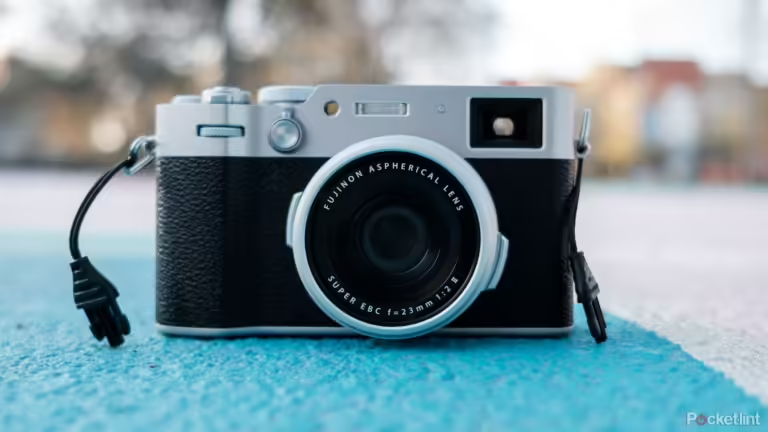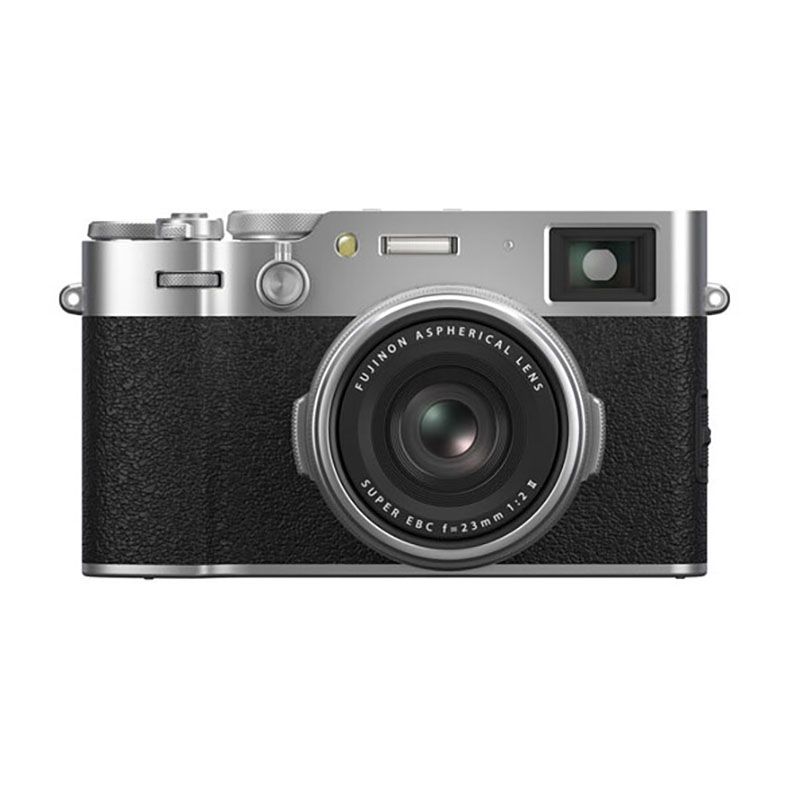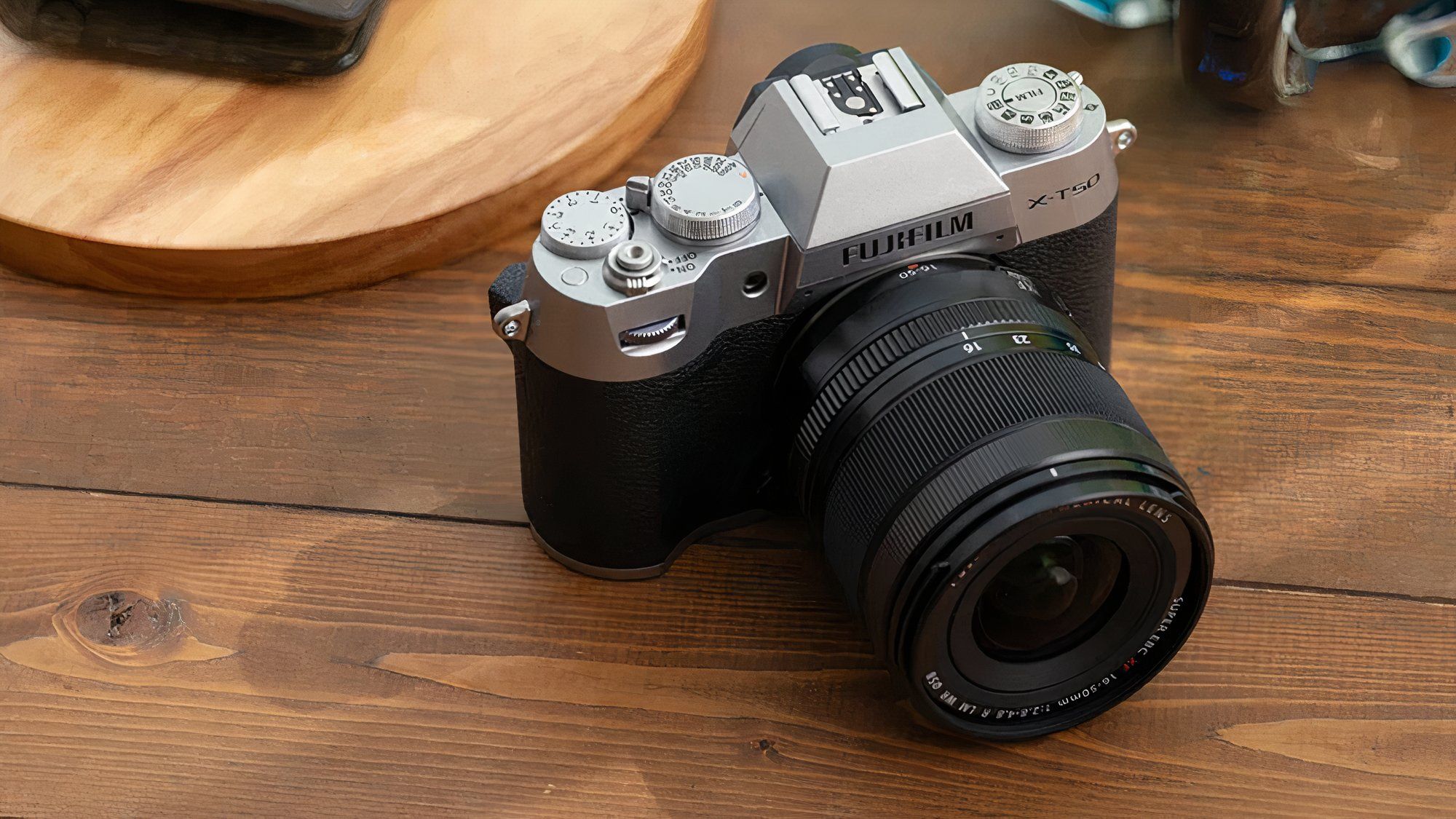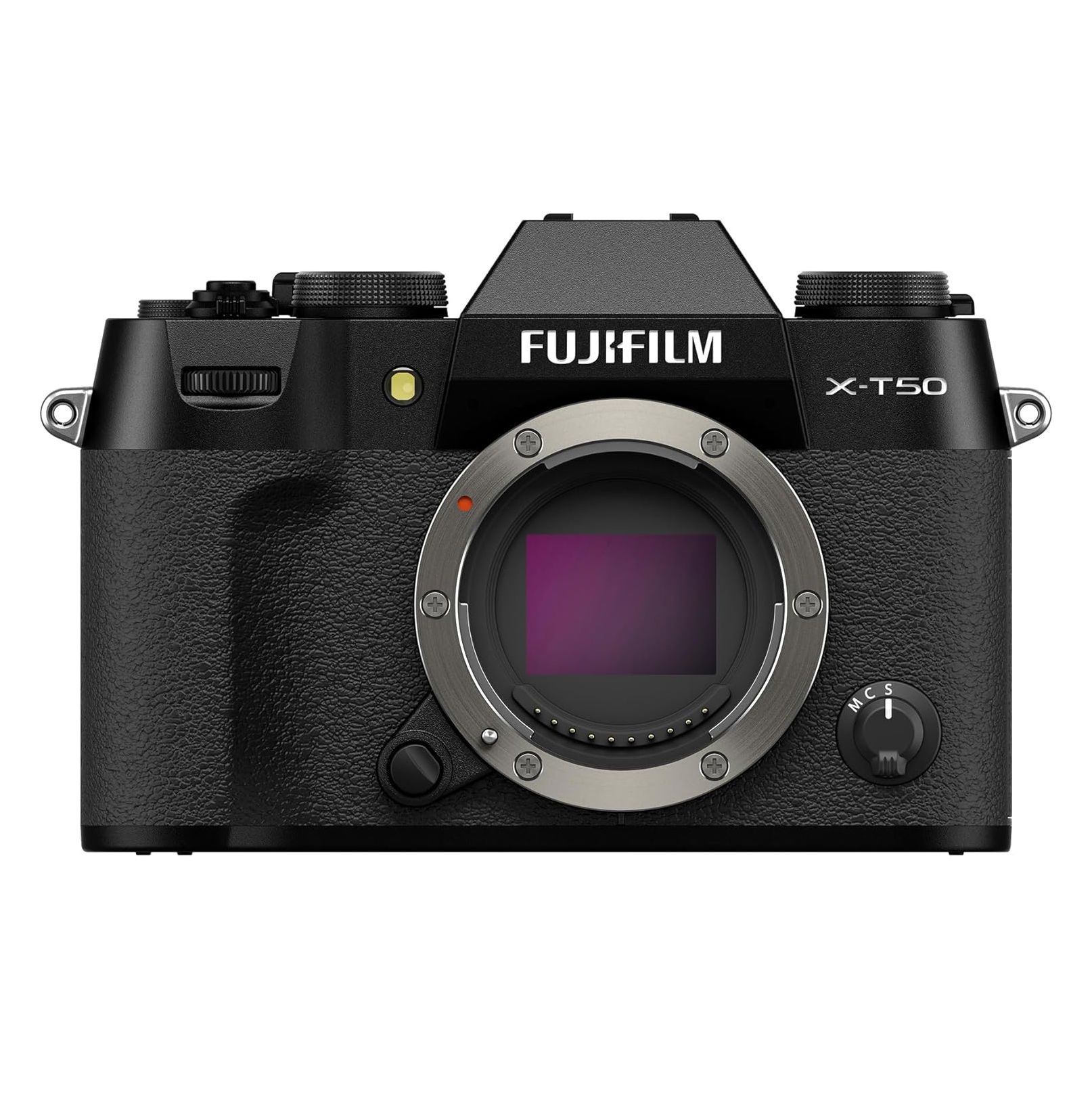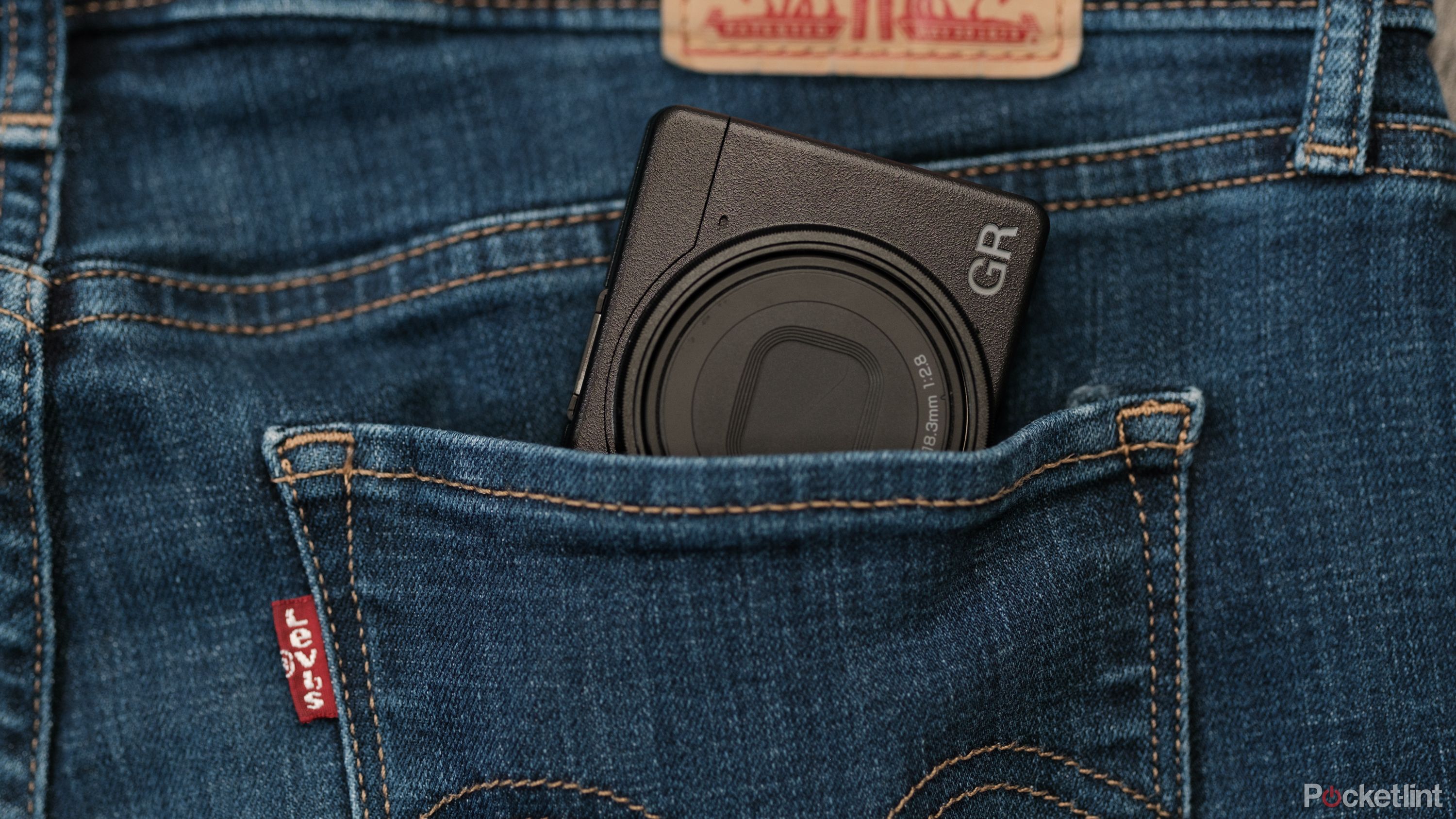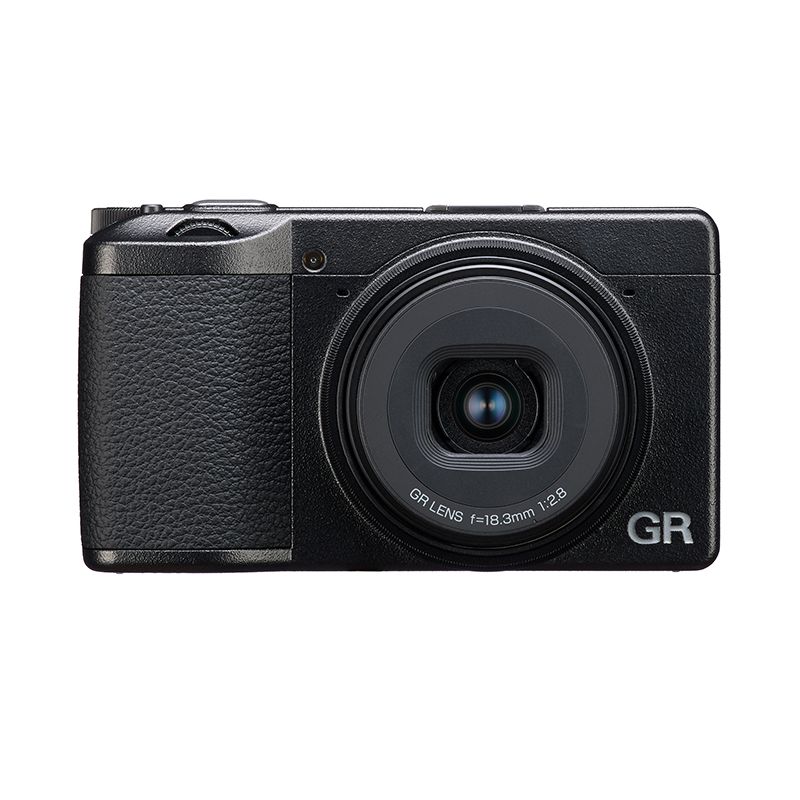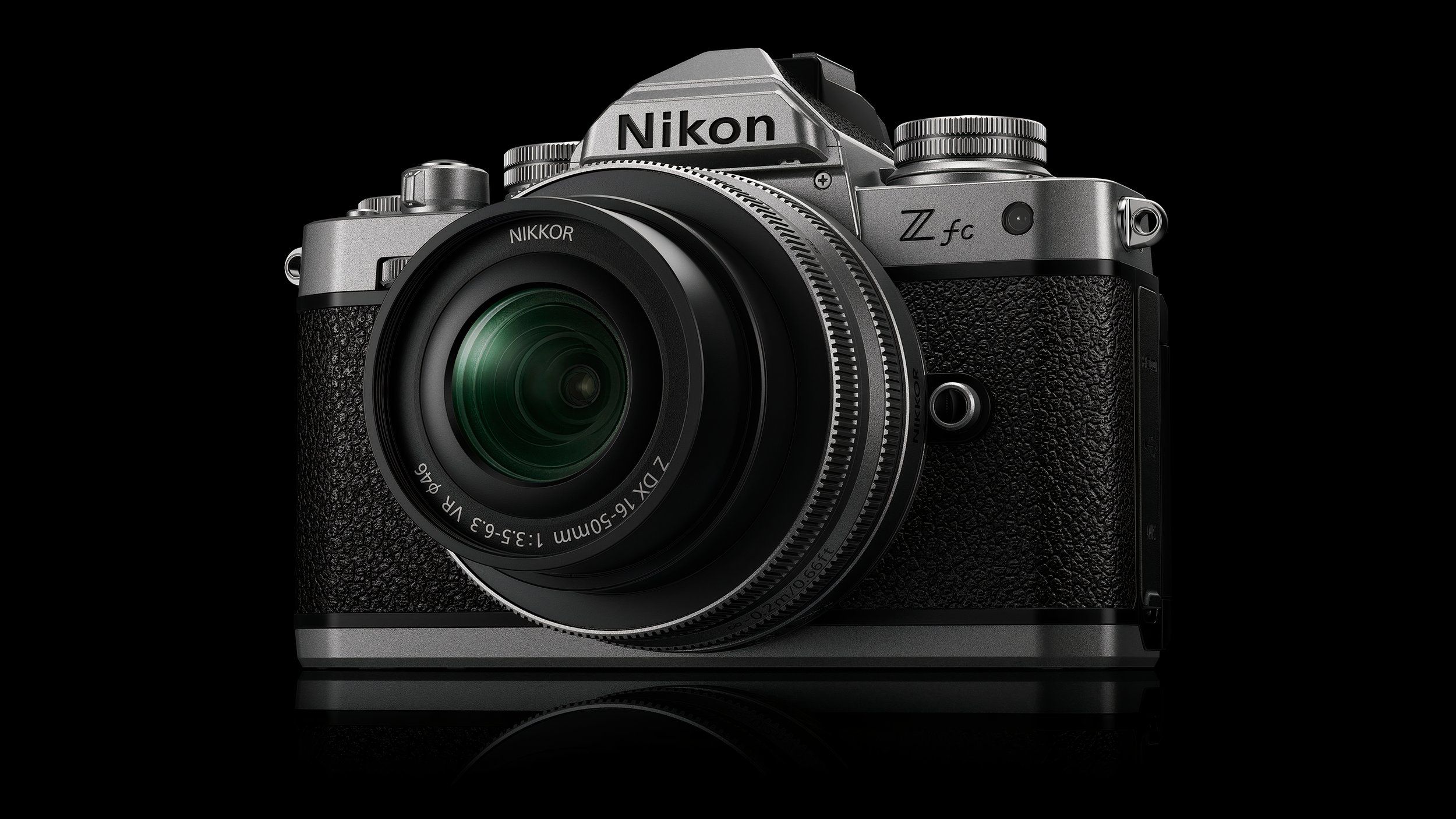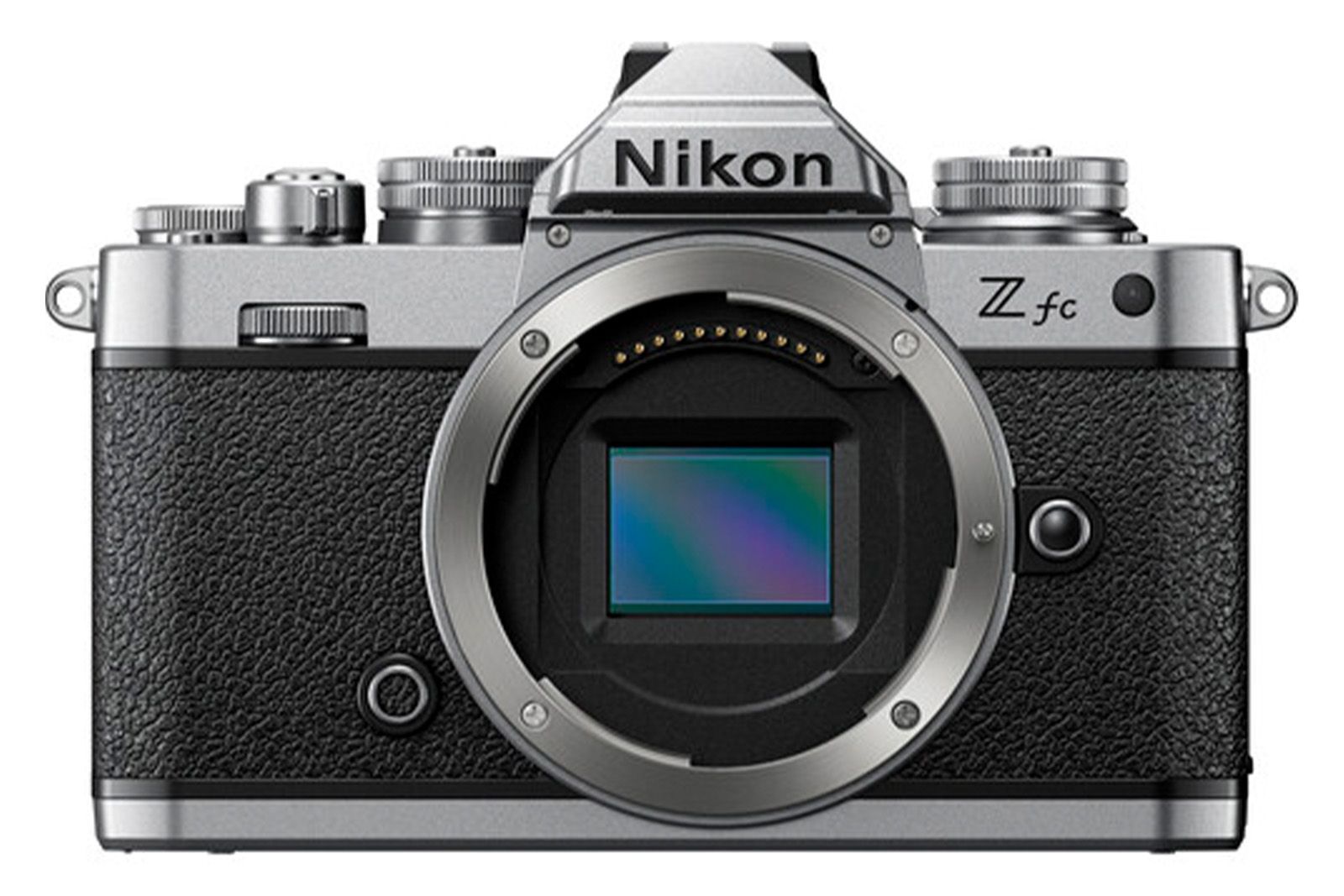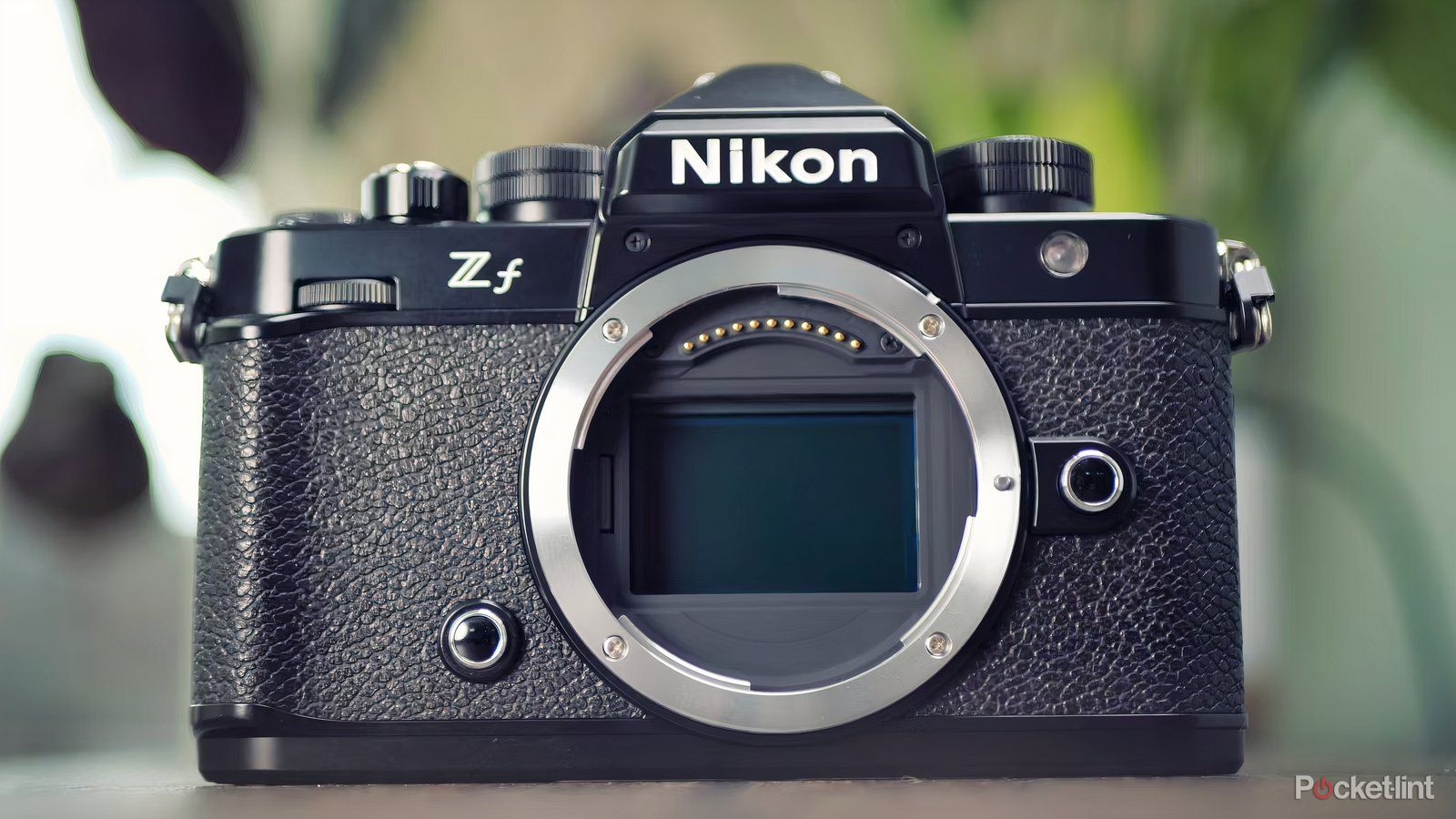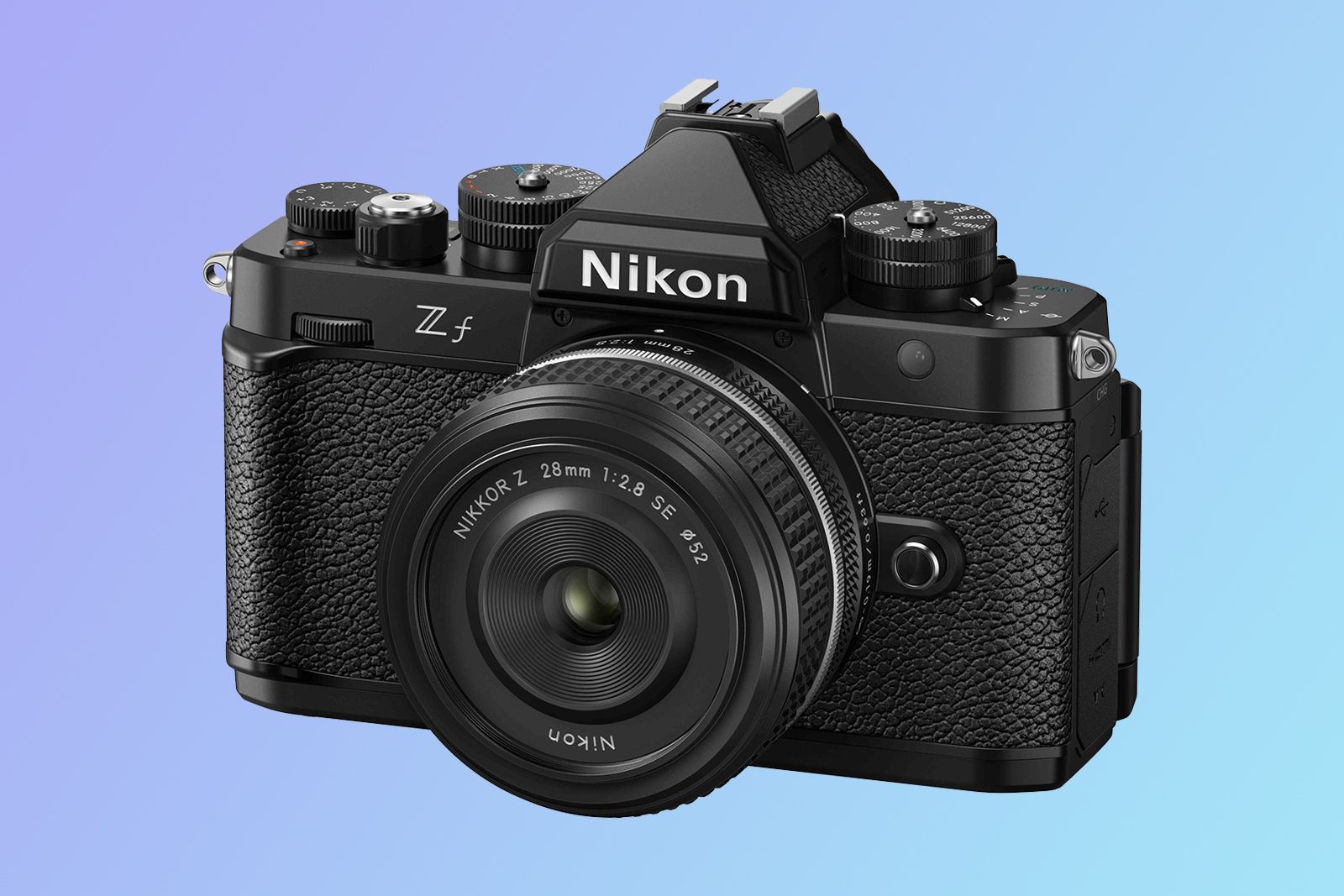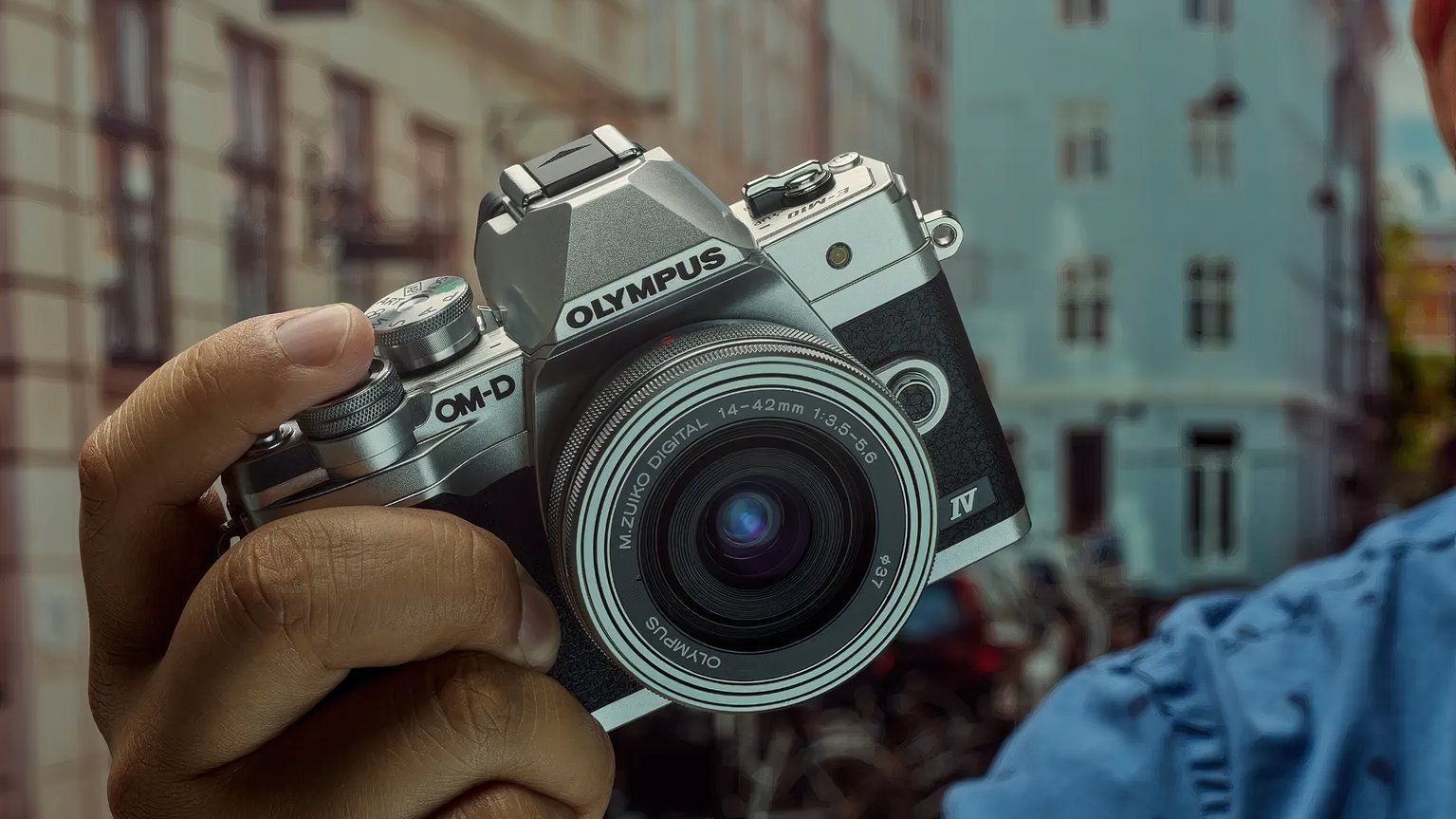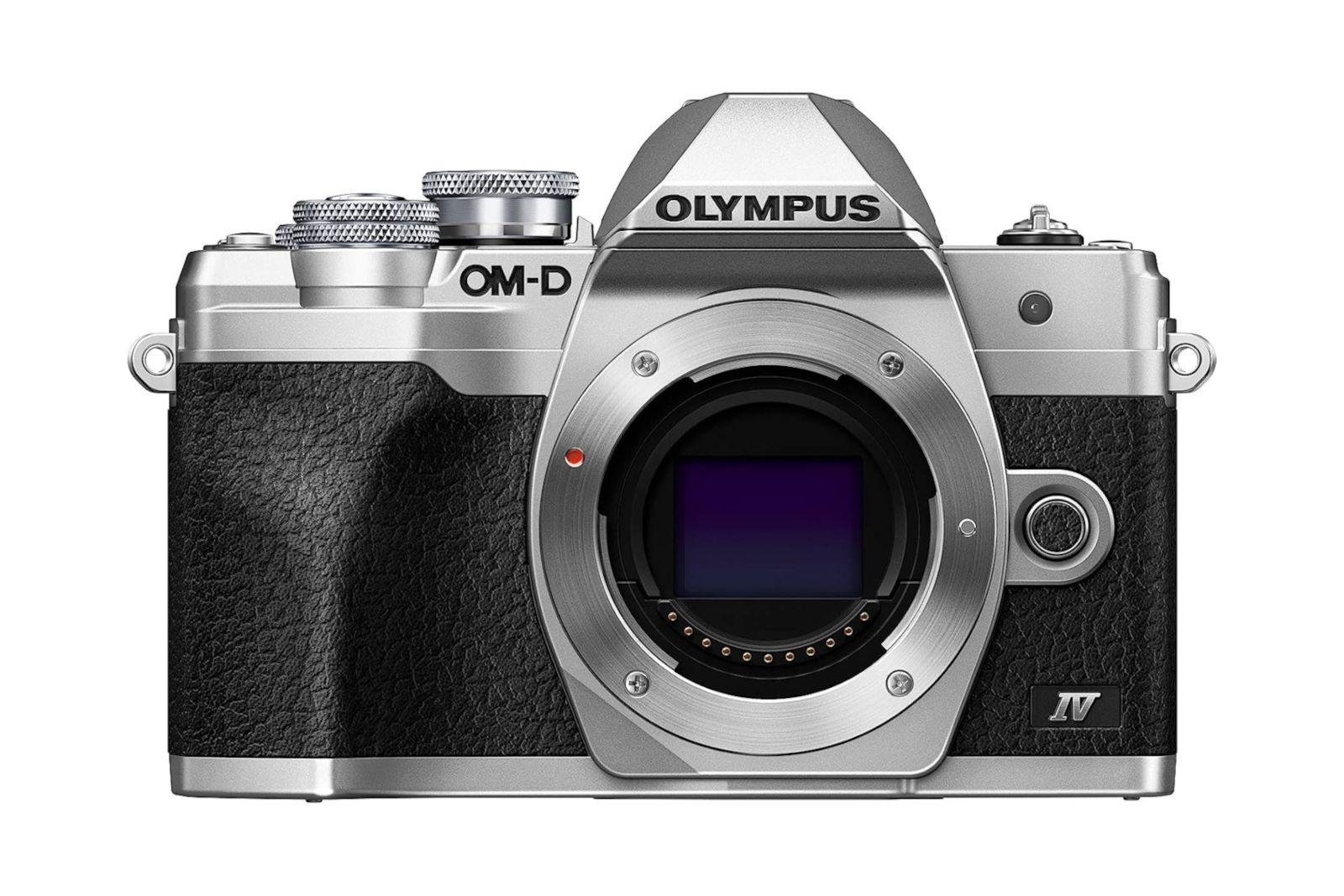Key Takeaways
- The Fujifilm X100VI is hard to come by and expensive due to its popularity and high resale value.
- The Fujifilm X-T50 is a close alternative with similar quality, versatility, and lower cost.
For most of its history, Fujifilm’s X100 series of compact cameras has maintained a small but loyal fanbase. But then the Fujifilm X100V went viral on TikTok. The model quickly sold out, and its successor, the Fujifilm X100VI, continues to be hard to find in stores and online. Add in scalpers and the X100VI is out of reach for some. Fujifilm’s list price of $1,599 is already $200 more than the previous model, but if you do manage to find the new camera in stock, it’s probably going to be priced even higher. As of this writing, the X100VI is selling for $2,595 on Amazon. That’s an exorbitant price to pay for a camera that doesn’t even have interchangeable lenses.
If you’re interested in the X100 camera but don’t want to pay over list price or wait months to get your hands on one, here are five alternatives that offer retro appeal, portable design and great image quality.
5 Fujifilm X-T50 and Fujinon XF 27mm f2.8 R WR
A compact mirrorless camera with plenty of appeal and excellent image quality
Fujifilm
Perhaps the camera that’s closest to the X100VI is the Fujifilm X-T50. It has the same 40.2-megapixel X-Trans sensor and X-Processor 5 as its fixed-lens sibling, which means image quality is roughly the same, including Fujifilm’s famous film-like color profile. But the X-T50 has a better stabilization system: seven stops instead of six, and a faster mechanical shutter burst of eight frames per second instead of six.
What’s the difference? The Fujifilm X-T50 is an interchangeable lens camera, not a compact point and shoot camera. But when combined with a compact lens, the size difference is minimal. Even with the addition of the Fujinon XF 27mm f2.89 R WR, which is similar to the 23mm f2.0 lens built into the X100VI, the X-T50 is only 1 gram heavier than the X100VI. Plus, the ability to add lenses later on with the X-T50 makes the mirrorless camera much more versatile than the X100VI.
The X-T50 has a list price of $1,399, plus the lens for $459, for a total of $1,858. That’s slightly more than the original list price of the X100VI, but less than what the camera sells for on the used market. For a more affordable option, consider the older X-T30 II with the same lens.
4 Ricoh GR III HDF
A compact camera even smaller than the X100VI
If the X100VI’s compact body is all you’re after, consider the Ricoh GR III HDF. The GR III is a true compact camera, with a much smaller body than the X100VI, but its sleek black body lacks the retro charm and dials of the X100VI.
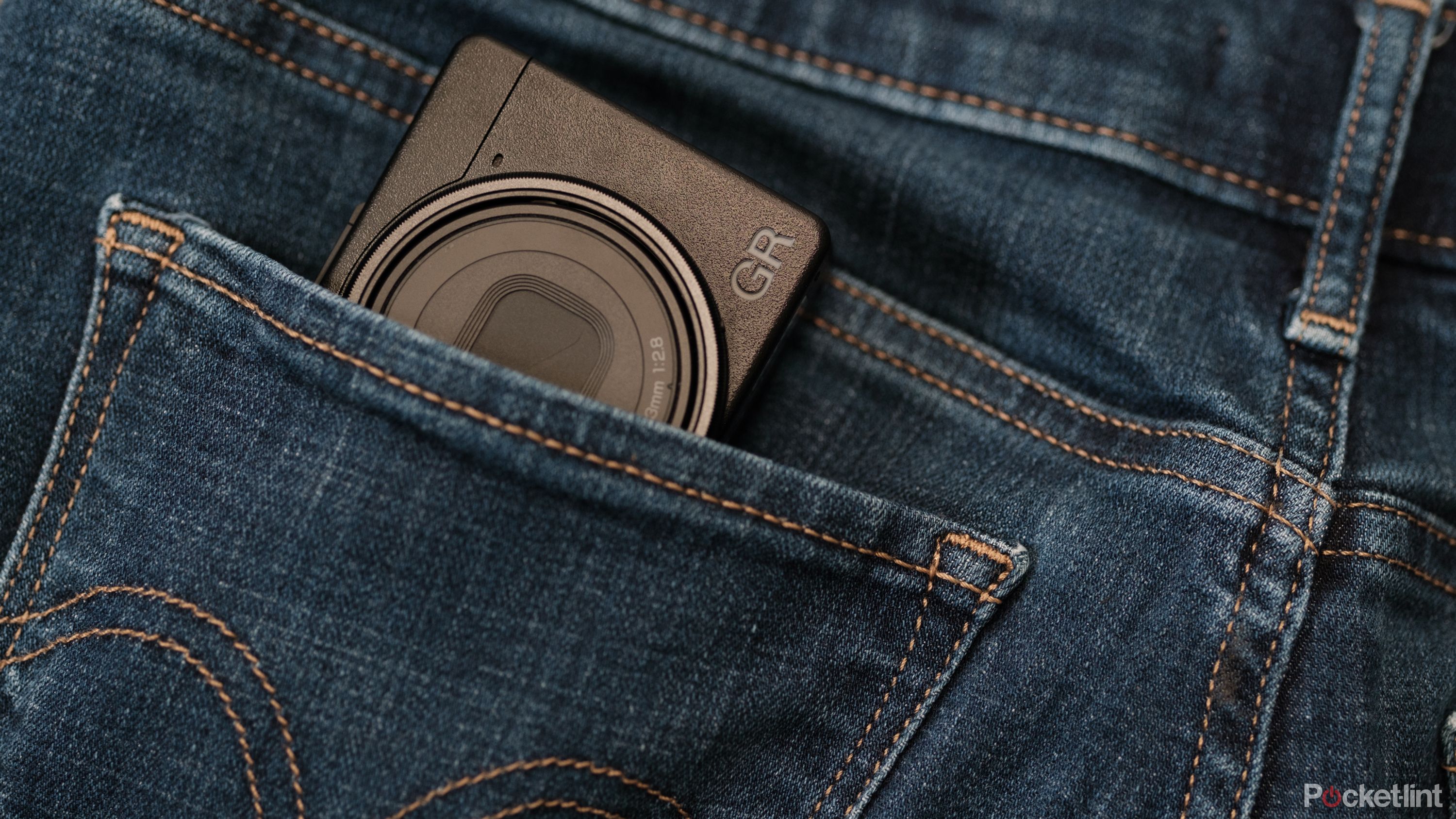
Read Review
The Ricoh GR III HDF has some tricks up its sleeve for taking cinematic photos, but I think it needs more work.
The Ricoh GR III HDF adds some useful new filters but not much else.
The Ricoh GR III makes other trade-offs for its smaller body: It also has a larger APS-C sensor, but it shoots photos at just under 20 megapixels, and the GR III is also fairly slow, with a continuous shooting speed of just four frames per second, whereas the X100VI can achieve 13 frames per second with its electronic shutter.
Aside from size, the GR III also excels in macro capabilities, with its built-in lens allowing you to get much closer than the lens on the X100VI.
3 Nikon Zfc
An affordable Nikon mirrorless camera with retro charm
Nikon
Fujifilm has been making cameras with a retro appeal for years, while Nikon has only recently made an effort to develop a digital camera with dials that look like old film cameras. Like the X-T50, the Nikon Z fc is an interchangeable lens camera, not a fixed lens compact like the X100VI. However, the Z fc is a classically styled camera with the popular top dial and also includes a 40mm kit lens. It will cost around $1,200, much less than the list price of the X100VI.
The Nikon Z fc has an APS-C sensor, just like the X100VI; however, it has a lower resolution of around 20 megapixels. Being a more entry-level camera, the Z fc lacks some other features; for example, the highest shutter speed is 1/4000, which can lag a bit in performance; and the body is not dust- or water-sealed; however, I would defend the X100VI by saying that it is only partially dust- or water-sealed. Surprisingly, the Z fc body is lighter than the X100VI; when combined with the 28mm pancake lens kit, the combination is only around 20 grams heavier than the compact camera.
2 Nikon Z f 40mm Lens Kit
A full-frame retro-inspired mirrorless camera with a pancake lens
The Z fc excels in terms of classic design and portability, but it’s not waterproof and is a slow camera. The Nikon Z f is a classic design-inspired mirrorless camera that fixes these issues, but it has a larger sensor, which makes it more expensive and heavier.
Like the Fujifilm X-T50, the Z f is an interchangeable lens camera, not a compact camera like the X100VI. The Nikon Z f is significantly larger than the X-T50, but it also has a larger full-frame sensor. It has a lower resolution of 24.5 megapixels, but the larger sensor means it can gather more light and create more background blur.
The Zf can be purchased with a 40mm kit lens for $2,236.95, which is more than the list price of the X100VI but less than some compact cameras on eBay that offer the benefits of a larger sensor and interchangeable lenses.
1 OM System Olympus OM-D E-M10 Mark IV and 14-42mm f3.5-5.6 II R kit lens
A highly portable entry-level combo for under $1,000
OM System
If you want the retro appeal and portability of the X100VI at a significantly cheaper price, consider the Olympus OM-D E-M10 Mark IV with 14-42mm kit lens. Though this mirrorless camera is showing its age, its retro appeal, portability, and low price will no doubt appeal to many photographers.
The E-M10 Mark IV is a 20.3 megapixel Micro Four Thirds camera with a smaller sensor inside than the one inside the X100VI. However, the smaller sensor makes the E-M10 more compact and affordable than the Fujifilm camera. The kit lens is more versatile as it has zoom capabilities that the X100VI does not have.
The E-M10 Mark IV still has a retro appeal, but it’s a more beginner-friendly camera, with an auto mode on the top dial rather than shutter and ISO settings, and the Olympus’ color profiles aren’t quite the same as the Fujifilm’s.

